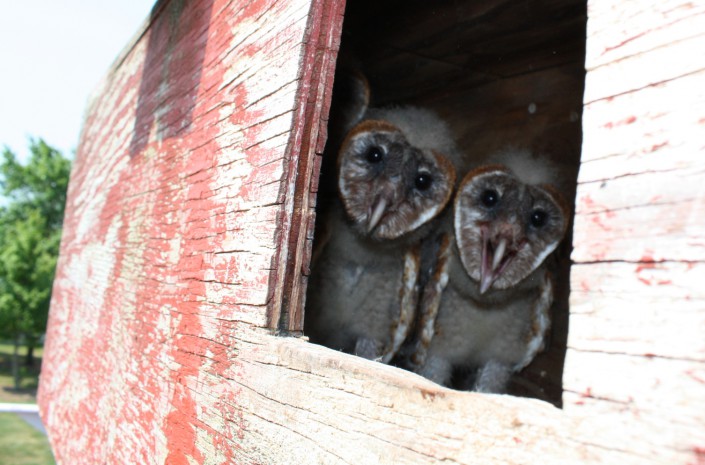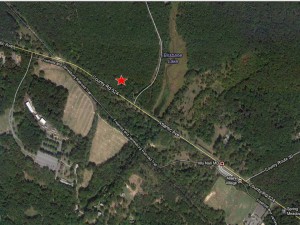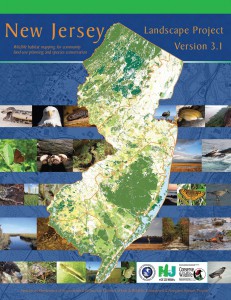Have You Seen This Bird?
LOOKING FOR HELP FROM BIRDWATCHERS TO FILL-IN DATA GAPS
By Michael Davenport, Marine Species & GIS Programs Manager

Conserve Wildlife Foundation staff work with the New Jersey Endangered and Nongame Species Program (ENSP) to manage and populate the state’s official database of rare wildlife, known as Biotics. Currently, this database contains over 35,000 animal and plant records within New Jersey. ENSP and CWF currently collect and enter data for the state’s 173 endangered, threatened, and special concern species.
There are several species of birds for which more observation data would be useful; and it’s likely that birdwatchers or other nature watchers may have the data needed. Most good birdwatchers keep logs of what they’ve observed, when, and where. It would be helpful if anyone with detailed observation data for the species listed at the end of this blog could submit their data for potential inclusion in the Biotics database.
To submit your observation data, please complete a Rare Wildlife Sighting Report Form. The form is available on ENSP’s website for download as well as instructions for completing the form (a map must be attached when submitted). In addition to the species listed below, please feel free to submit one or more forms for any of the state’s endangered, threatened, or special concern species. A complete list of all of the species tracked by the state can be downloaded here.
If you have a large amount of data to submit, please contact Mike Davenport of Conserve Wildlife Foundation at (609) 292-3795 – alternative data submission options may be available (such as submitting Excel spreadsheets or GIS files).
Barn Owl (Tyto alba)
Nashville Warbler (Oreothlypis ruficapilla)
Saltmarsh Sparrow (Ammodramus caudacutus)
Sharp-shinned Hawk (Accipiter striatus)
Spotted Sandpiper (Actitis macularius)
Whimbrel (Numenius phaeopus)
Winter Wren (Troglodytes hiemalis)




